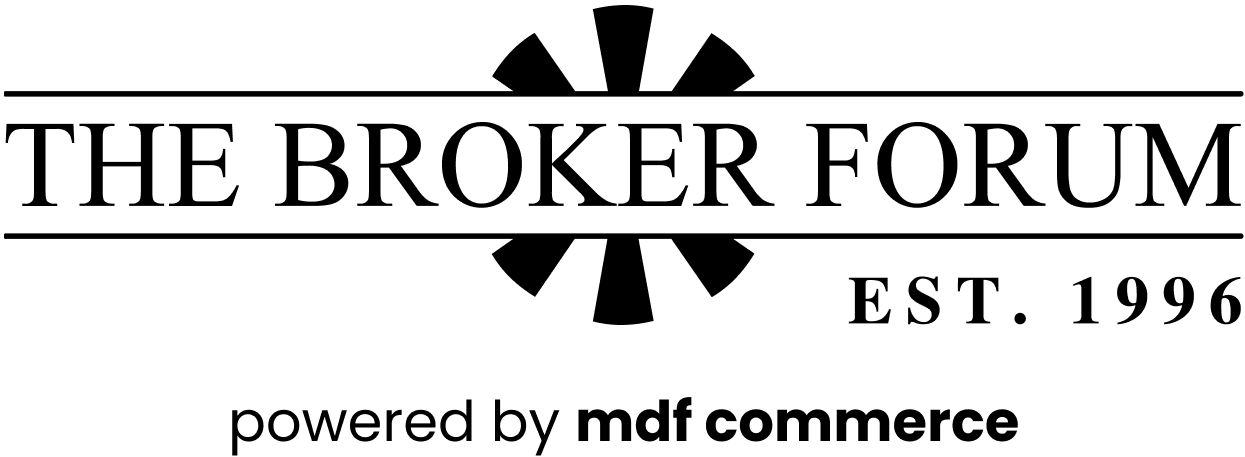Results for: BS107
in Thyristors
Send an RFQ for this part NOW »
Select the line item to get a quote for part number BS107 or refine your search within part number BS107 part variation at the bottom of this page.
If you're not already a Broker Forum member, get your
free access to contact BS107 vendors.
Thyristors
A thyristor is a solid-state semiconductor device with four layers of alternating N and P-type material. They act exclusively as bistable switches, conducting when their gate receives a current trigger, and continue to conduct while they are forward biased (that is, while the voltage across the device is not reversed). A three-lead thyristor is designed to control the larger current of its two leads by combining that current with the smaller current or voltage of its other lead - known as its control lead. In contrast, a two-lead thyristor is designed to 'switch on' if the potential difference between its leads is sufficiently large - a value representing its breakdown voltage. Some sources define silicon-controlled rectifiers and thyristors as synonymous. Other sources define thyristors as a larger set of devices with at least four layers of alternating N and P-type material. The first thyristor devices were released commercially in 1956. Because thyristors can control a relatively large amount of power and voltage with a small device, they find wide application in control of electric power, ranging from light dimmers and electric motor speed control to high-voltage direct current power transmission. Thyristors may be used in power-switching circuits, relay-replacement circuits, inverter circuits, oscillator circuits, level-detector circuits, chopper circuits, light-dimming circuits, low-cost timer circuits, logic circuits, speed-control circuits, phase-control circuits, etc. Originally thyristors relied only on current reversal to turn them off, making them difficult to apply for direct current; newer device types can be turned on and off through the control gate signal. A thyristor is not a proportional device like a transistor. In other words, a thyristor can only be fully on or off, while a transistor can lie in between on and off states. This makes a thyristor unsuitable as an analog amplifier, but useful as a switch.
Transistor > Thyristors > FET Transistors > MOSFET
| Part No. | DS | Manufacturer | D/C | Qty | Region | Action |
|---|---|---|---|---|---|---|
| BS107AG | ONSemi | - | 6 | U.S.A. | Request A Quote | |
| HAT1072H-EL-E | Renesas | 2011+ | 742 | U.S.A. | Request A Quote | |
| HAT1072H-EL-E | Renesas | 2018+ | 906 | Hong Kong | Request A Quote | |
| HAT1072H-EL-E | Renesas | 2014+ | 86 | China | Request A Quote | |
| HAT1072H-EL-E | Renesas | 2014+ | 85 | China | Request A Quote | |
| HAT1072H-EL-E | Renesas | 2010+ | 158 | U.S.A. | Request A Quote |
Part No. Variations
- BS100
- BS10011340B9H
- BS1001W220B9H
- BS1001W320B9H
- BS100G
- BS100H3100
- BS100S375
- BS1010NA
- BS1011H50055A
- BS1020XA30PBB
- BS1024V0P
- BS102S12VDC
- BS104215STLZ
- BS10625STLZ
- BS107
- BS107A
- BS107AG
- BS107ARL1
- BS107ARL1G
- BS107AT092
- BS107G
- BS107KL
- BS107P
- BS107PSTOA
- BS107PSTZ
- BS107PTAPE
- BS107RL1
- BS107TR1
- BS108
- BS108126
- BS1082CS12VACNIL
- BS10831
- BS108G
- BS108ZL1G
- BS10D
- BS10L
- BS10PSHF1AALFSN
- BS10UE25V10
- BS10UE25V12
- BS10UE25V15
- BS10UE25V20
- BS10UE25V25
- BS10UE25V32
- BS10UE25V5
- BS10UE25V6
- BS10UE69V10
- BS10UE69V12
- BS10UE69V15
- BS10UE69V20
- BS10UE69V5
- BS10UE69V6

